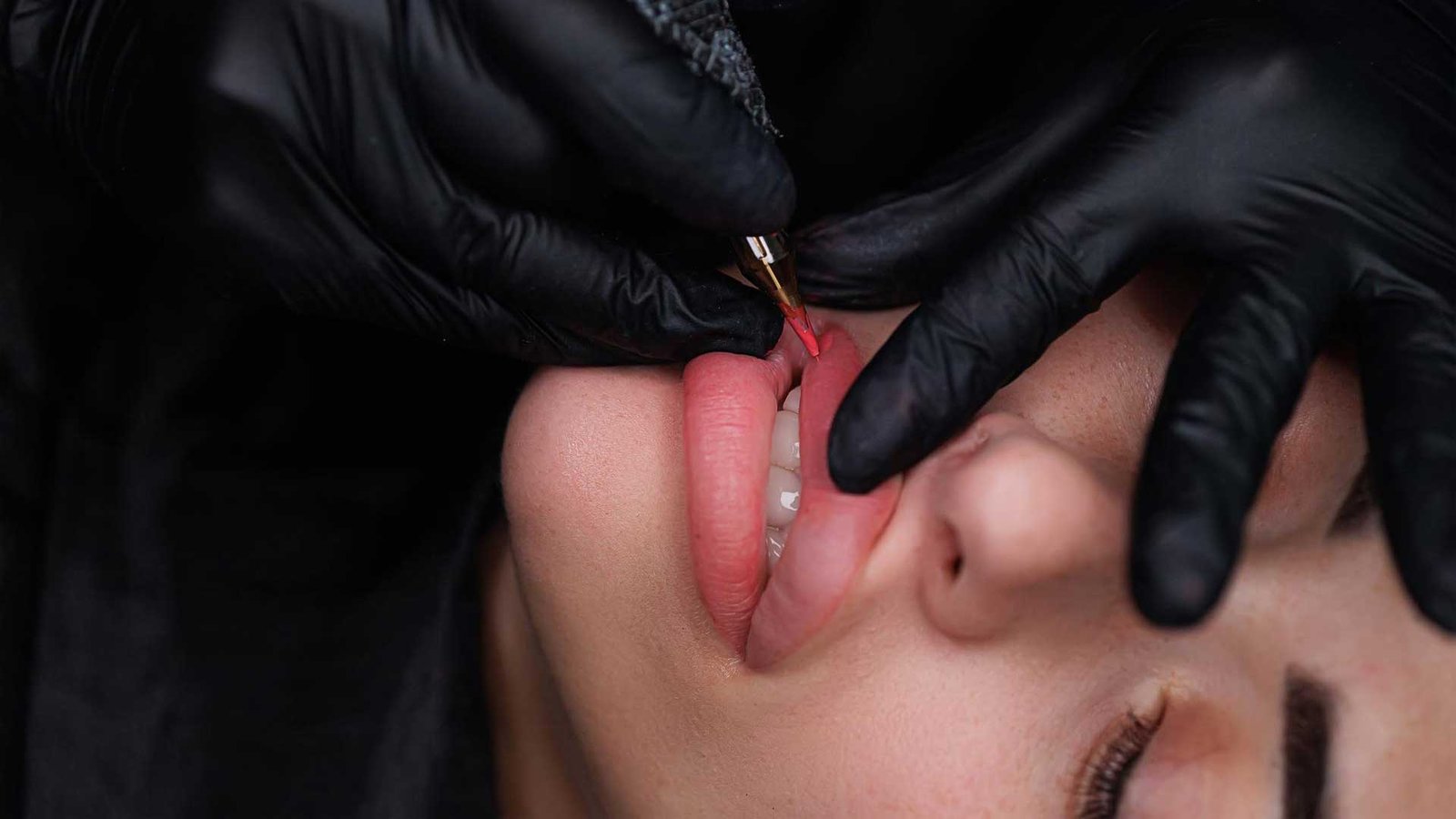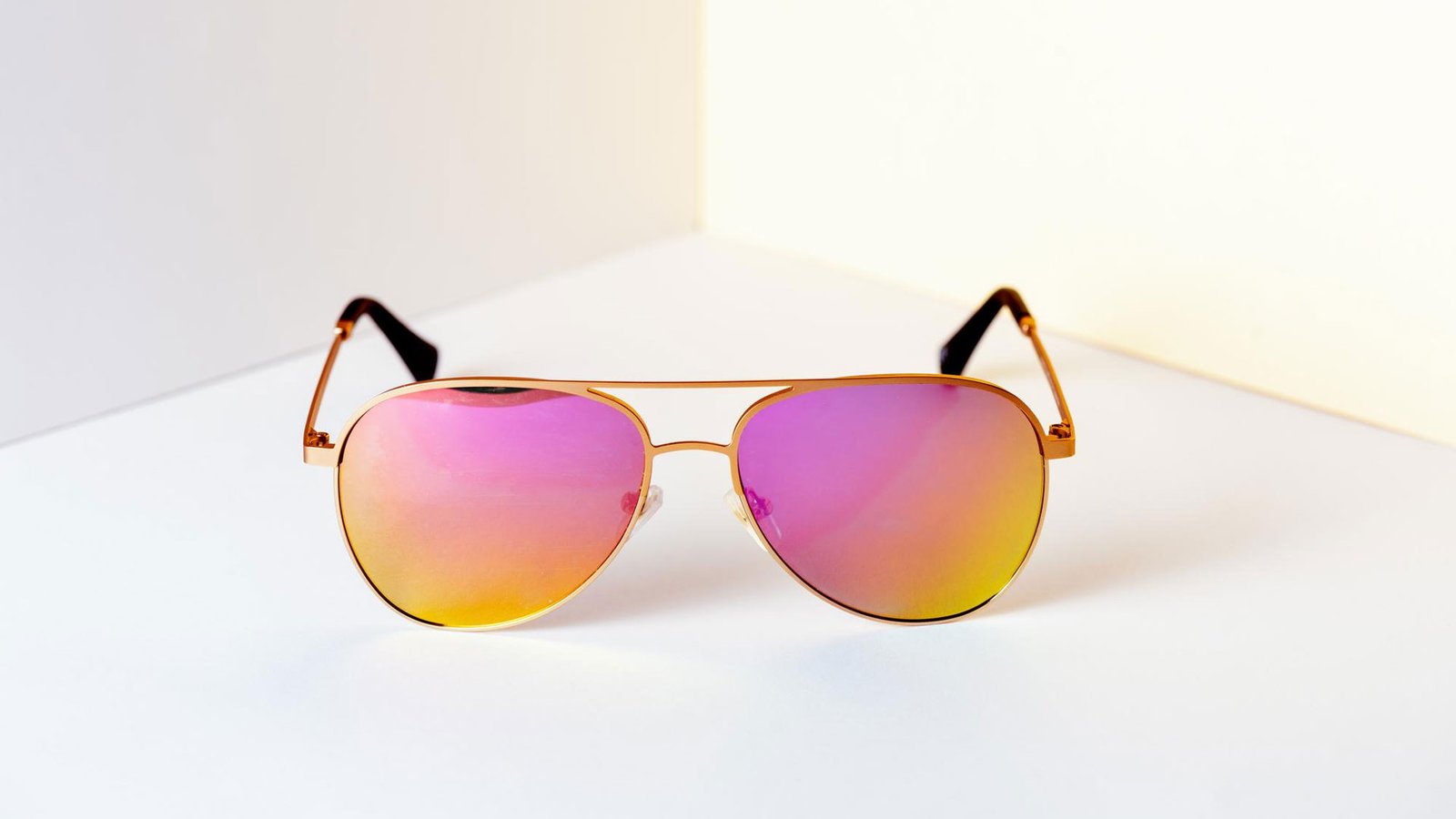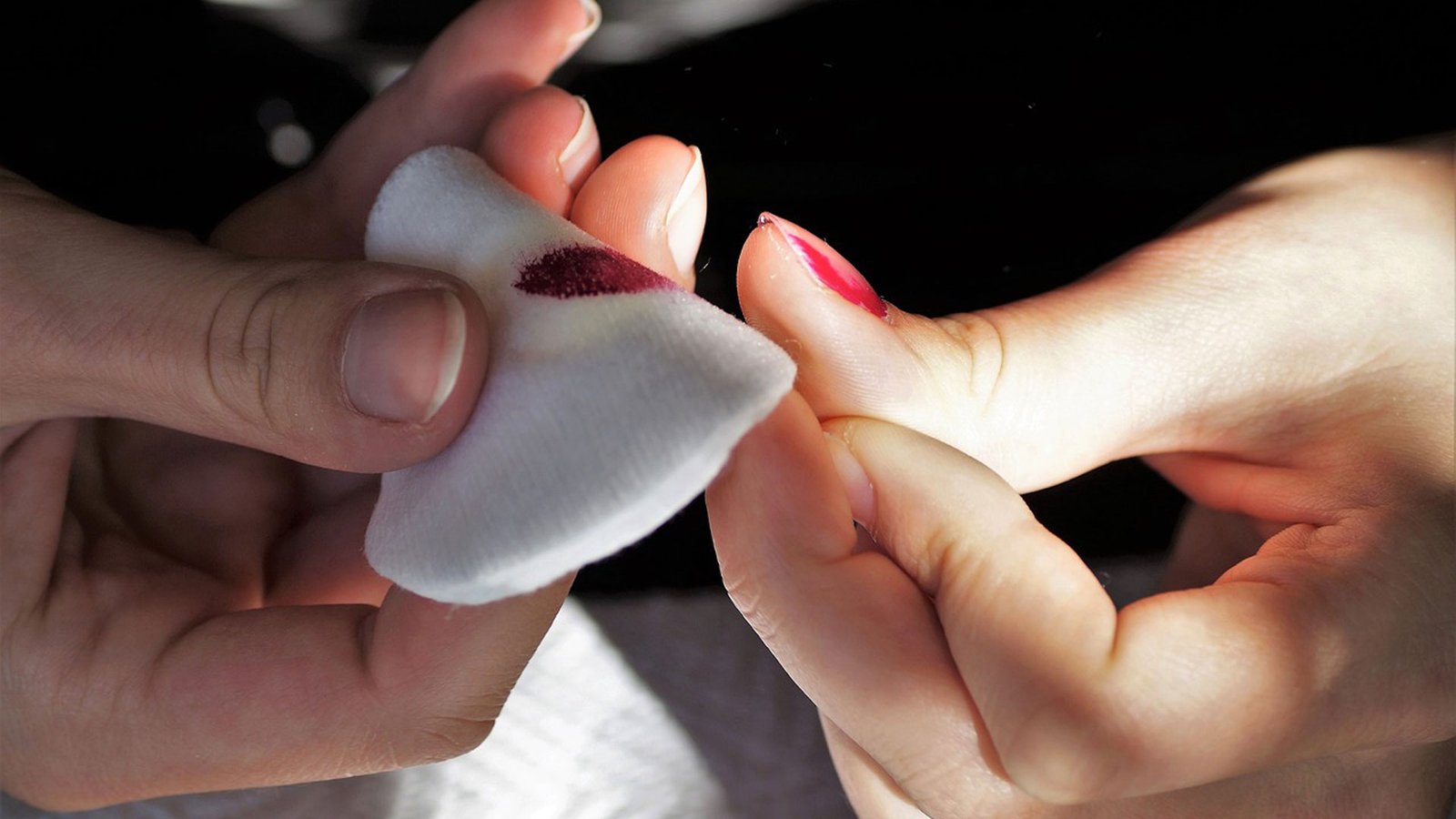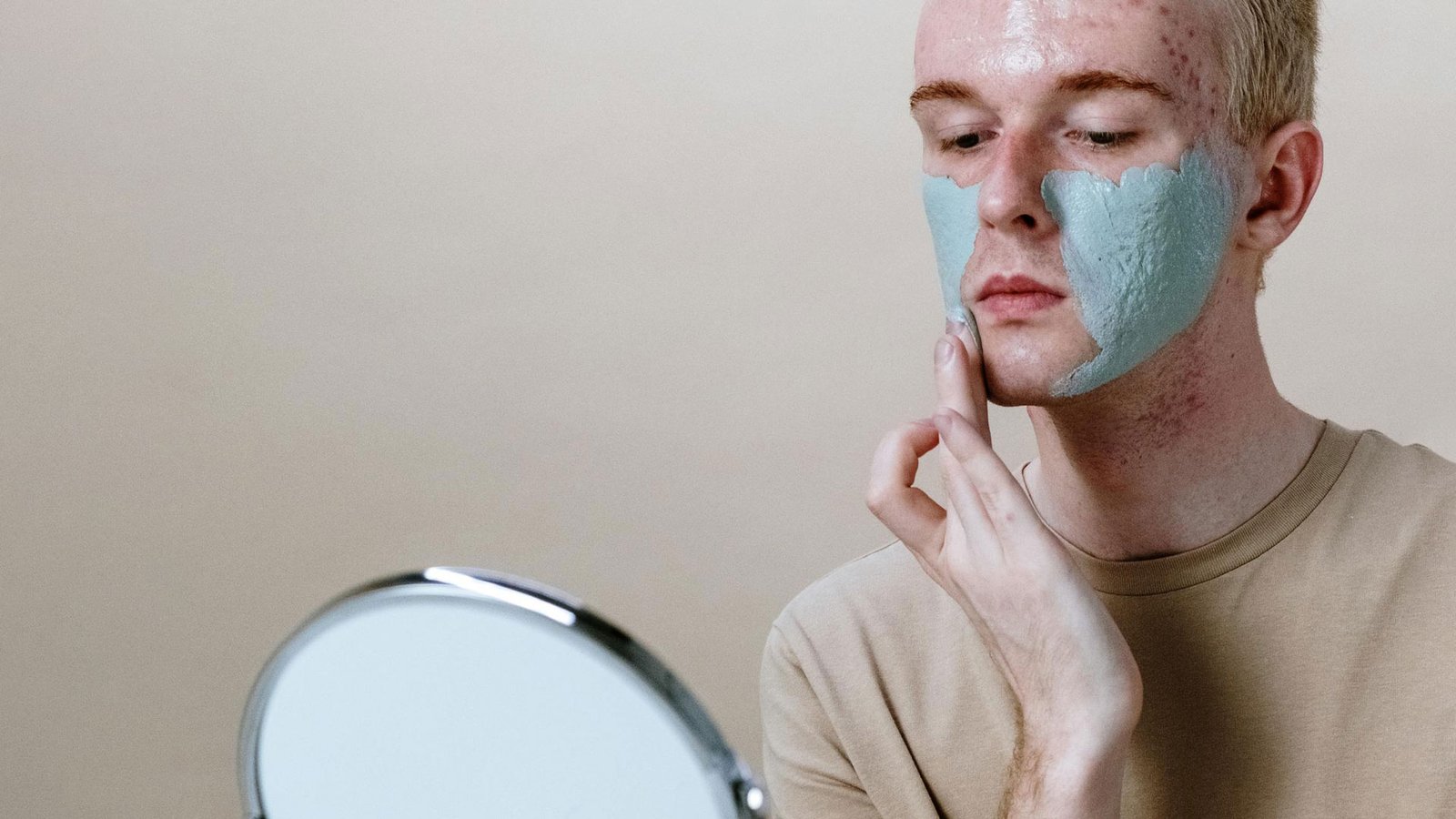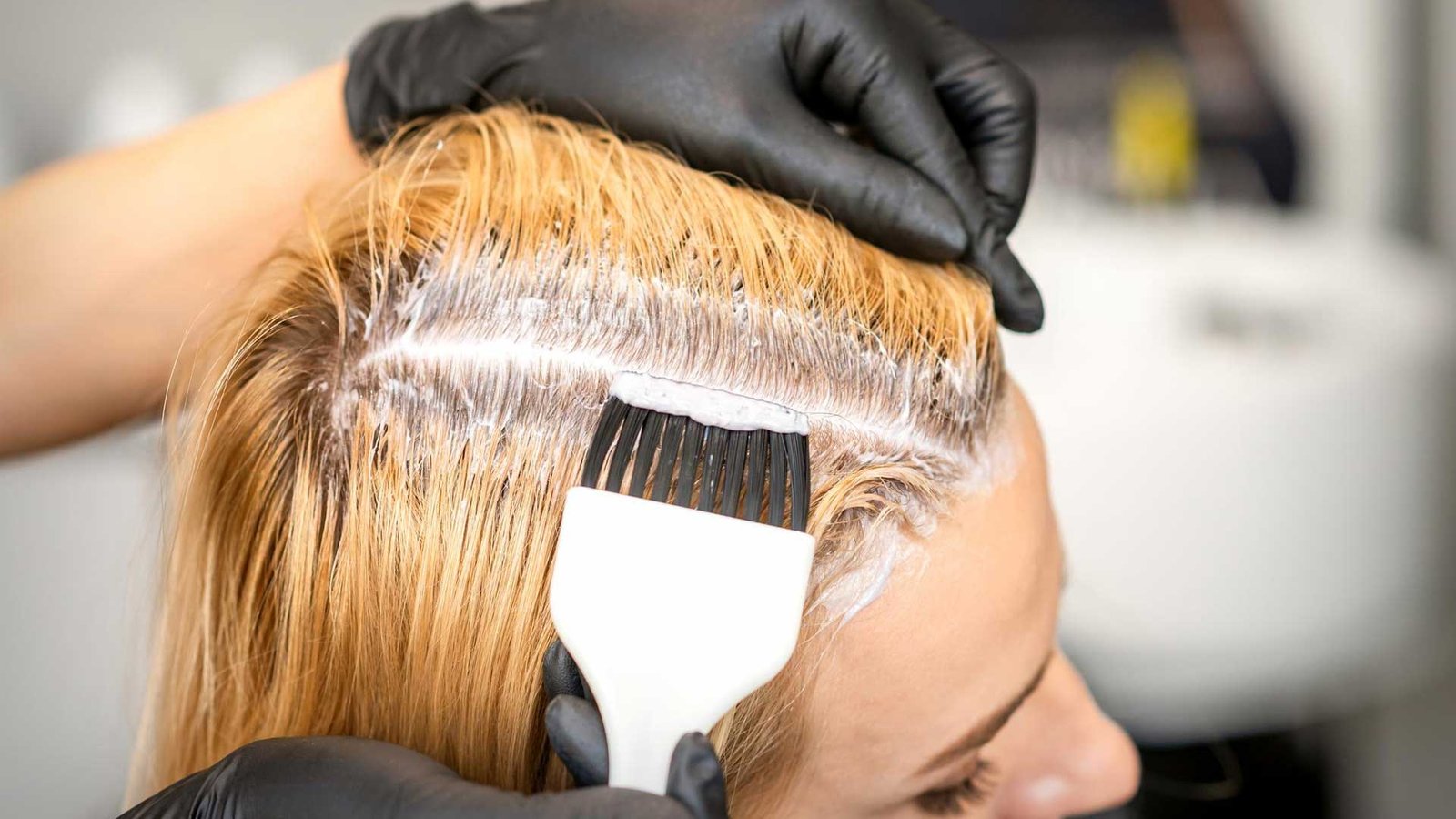My lips have always been my favorite physical feature, despite what my new lip-blushing fixation may lead you to think. I’ve had periods of self-consciousness about other aspects of my body, but I like my lips. They’re thick, pillowy, and the ideal canvas for a splash of color. They’ve even modeled lip art for me at a prior magazine job. They’re also one of the few items I’ve chosen to have “improved,” which is ironic. While I had access to a variety of procedures, I was hesitant to do anything radical to change my weight or nose before addressing my worries about both. I’m pleased I made that choice since none of them concerns me anymore. My lips, on the other hand, are a different story—I adore them, so why not try something to bring them out even more?
Lip blushing is a semi-permanent tattooing technique that lasts one to two years and enhances the natural color and contour of your mouth. The aesthetician lines and shades the skin with minuscule, invisible spots of color, a technique known as pixelating. The end effect is a hue that seems to be your own, but with a boost (and a more pronounced shape). Organic pigments and contemporary, computerized equipment with several needle settings instead of one severe setting are now used by aestheticians rather than conventional tattoo artists (as they were decades ago).
I was lucky enough to have my lips reddened by Christopher Drummond, PFrank MD Skin Salon’s inhouse aesthetician, and cosmetic tattoo maestro, who invented the technique. If you’re as intrigued as I was about the procedure, make sure you do your homework beforehand. Here are seven things to think about before scheduling your own session.
It is not inexpensive
When it comes to lip blushing, like with other minimally invasive cosmetic procedures, you get what you pay for. Drummond is the greatest in the field, and each treatment costs $1,500. Anyone providing a bargain that appears too good to be true should be avoided. This is not the time to take chances with a semi-permanent procedure.
It’s a good idea to try on a few different hues first
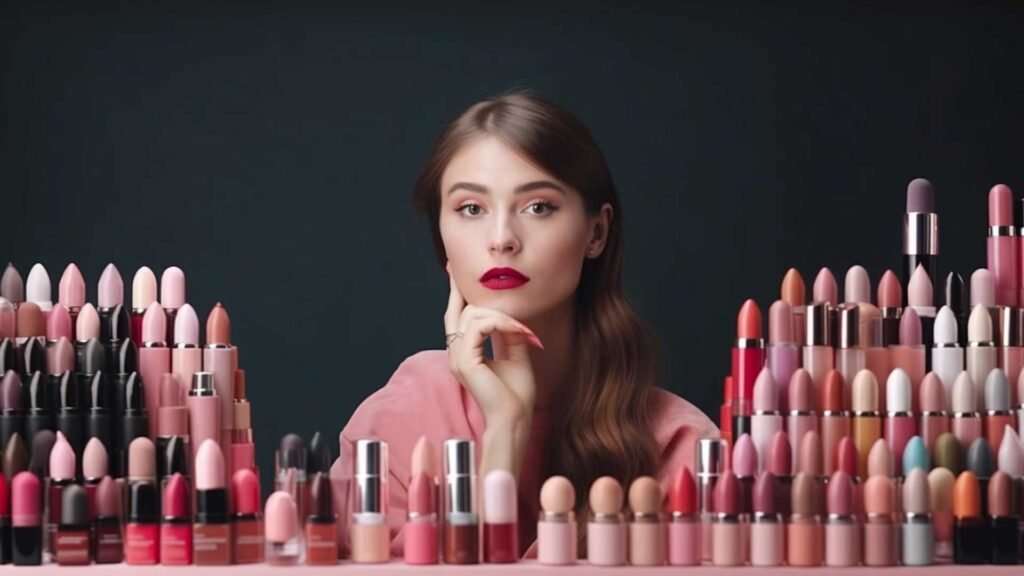
Drummond adds, “The color we use is basically up to the person.” “We talk about what they want ahead of time, and I make them a bespoke color.” Try on your favorite lipstick colors in various neutral hues of rose, coral, and brown tones before your appointment to see what looks best with your skin tone. Then bring them (along with any reference images if you have them). That way, when it’s time for your visit, you’ll be able to tell your aesthetician exactly what you want. You may always add or subtract tones from color after it’s been mixed before tattooing starts.
The discomfort is quite low
Preparing for my appointment was simple; I was urged to avoid ibuprofen, fish oil, and vitamin E the day before to prevent bruising and bleeding. I was informed that after I sat in Drummond’s chair, he would administer a topical anesthetic to my mouth. The anesthetic is significantly more effective on your lips than it would be on your brows during a microblading session since the skin on your lips is extremely porous. I confess that as someone who has roughly 15 (very painful) tattoos, I didn’t trust him at first. Apart from a tiny pinching sensation at first, the experience was akin to someone applying gentle pressure with a finger. That was the end of it.
You’re going to need a lot of lip balm
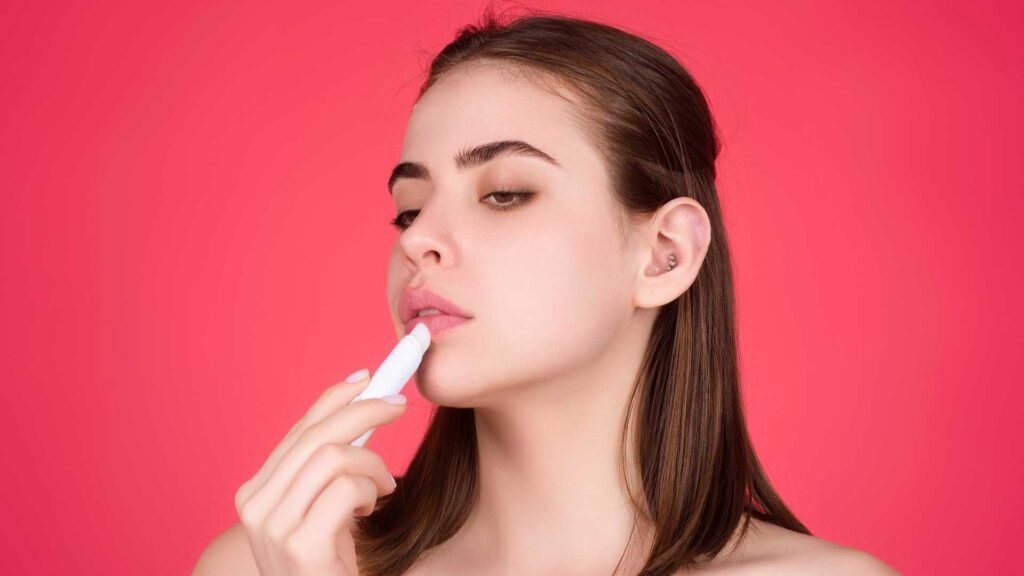
If you’ve ever taken Accutane, you’ll be familiar with the amount of dryness you’ll feel after lip blushing. After my treatment, I used up two full tubes of Aquaphor. The good news is that my lips were once again moisturized four days later and no longer required additional layers of balm.
There is some healing to be done
While there is no downtime with this treatment (you may shower and wash your face the same day as long as you use Aquaphor), it does take four to five days for it to fully recover. Despite Drummond’s cautions that my lips would darken substantially after treatment, I was surprised to wake up the following morning with a raisin-colored lip instead of the rose-pink tint we had anticipated. “The extra color peels off throughout the healing process,” notes Drummond, explaining the transitory shift. By the time the second morning arrived, the black hue had faded to the borders of my lips. By morning three, I’d only seen the soft pink we’d decided on.
Make preparations for a touch-up
“The skin on your lips might be tougher at times,” Drummond explains. “After one session, certain regions may look darker or fuzzier than others.” Don’t be alarmed if this occurs to you. After my first appointment, I saw that a little region on the upper left side of my top lip had become a dusty rose instead of the petal pink we had expected. I went back for a touch-up a few months following my initial appointment. Drummond was able to mix the area away this time.
Expect nothing spectacular
This is not the treatment for you if you want a permanent vintage red color or super sharp lines. Drummond can change the tone or form a little, but only by a handful of shades. The end effect is intended to be inconspicuous, similar to lash extensions or micro feathering. Personally, I’m still a fan of the outcomes with just a smear of balm on top. There are always plenty of lip color choices to apply, no needles necessary, for days when I do want to explore with color.

